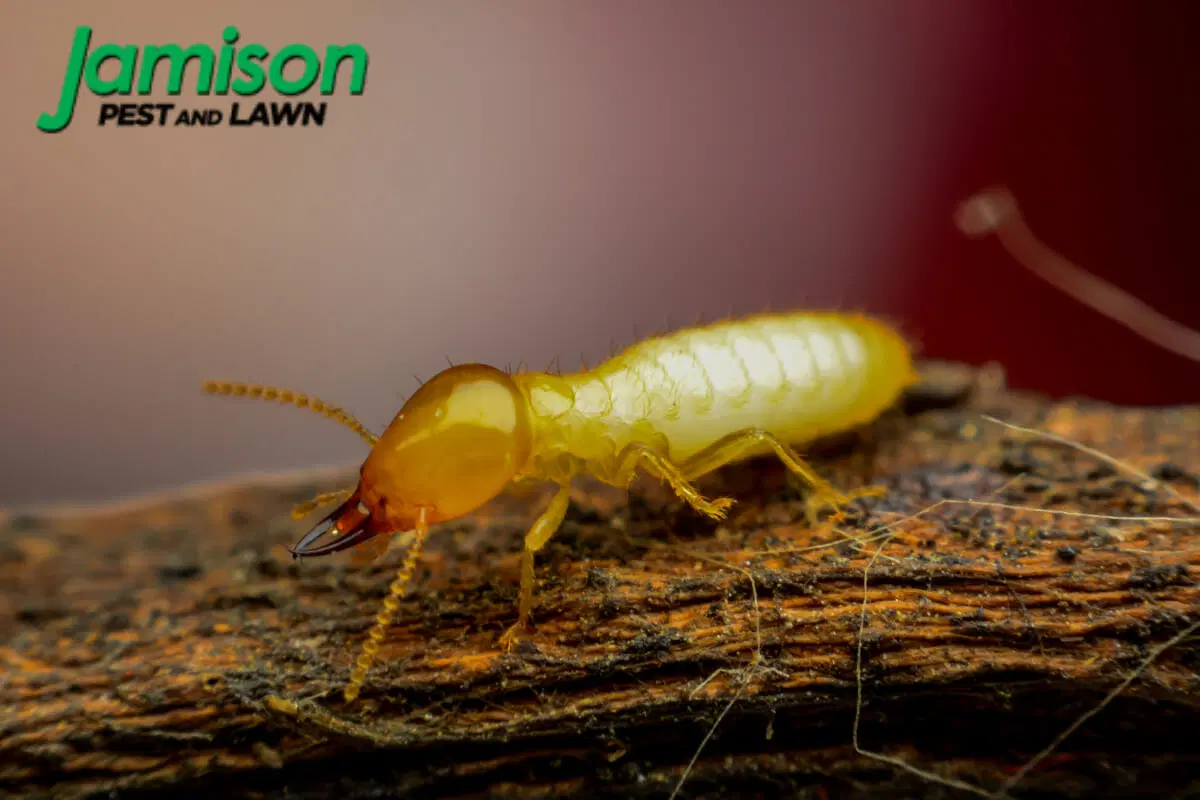New Construction Termite Treatment: Pros, Cons, and How to Find the Best Services
Termites are a common problem for new construction projects, as they can cause significant damage to wooden structures if left untreated. Fortunately, there are several termite treatment options available for new construction projects. In this blog post, we will discuss the pros and cons of some of the most popular new construction termite treatment options.

1. Chemical Barriers
Chemical barriers involve treating the soil beneath and around a building with a termiticide. This creates a barrier that prevents termites from entering the building. This treatment can last up to 10 years and is considered to be one of the most effective termite treatments available.
Pros:
- Long-lasting protection against termites
- Relatively affordable compared to other options
- Can be applied during construction, ensuring complete coverage
Cons:
- Requires drilling holes in the concrete slab or foundation to apply the termiticide, which can be invasive
- Some termiticides may be harmful to the environment and human health
- May not be effective against all types of termites
2. Bait Stations
Bait stations are placed around the perimeter of a building and contain a slow-acting toxin that termites carry back to their colony. Over time, the toxin spreads throughout the colony and eliminates it.
Pros:
- Non-invasive, as there is no need to drill holes in the foundation or slab
- Environmentally friendly, as the toxin is contained within the bait station
- Can be easily monitored and refilled as needed
Cons:
- May take several months to eliminate the termite colony
- Not as effective as chemical barriers against certain types of termites
- Can be more expensive than chemical barriers over the long-term, as the bait stations need to be regularly monitored and refilled
3. Physical Barriers
Physical barriers involve installing a physical barrier beneath the concrete slab or foundation to prevent termites from entering the building. This can include materials such as stainless steel mesh or crushed granite.
Pros:
- Non-toxic and environmentally friendly
- Long-lasting protection, as physical barriers do not degrade over time
- Effective against all types of termites
Cons:
- Can be expensive and time-consuming to install
- May not be practical in all situations, such as on sloped or rocky terrain
- May not be effective if the barrier is breached, such as through a crack in the concrete
4. Foam Treatments
Foam treatments involve injecting a termiticide foam into areas where termites are present, such as within walls or in the soil surrounding the building. The foam expands to fill the space, eliminating the termites.
Pros:
- Non-invasive, as there is no need to drill holes in the foundation or slab
- Can be effective against all types of termites
- Can be used in areas where other treatments may be difficult to apply
Cons:
- May not provide long-lasting protection, as the foam can break down over time
- May not be as effective as chemical barriers in preventing termites from entering the building
- May be more expensive than some other options, as the foam requires special equipment to apply
Conclusion- When it comes to new construction termite treatment options, there are several to choose from. Each option has its own set of pros and cons, and the best option will depend on factors such as the type of termites present, the construction site, and the budget. Consult with a professional pest control company to determine the best termite treatment option for your new construction project.
If you're looking for new construction termite treatment services, it's important to choose a reputable and experienced pest control company. Irrespective of what your home requires, the Tennessee Pest Control Company team is here to help you. We offer the best new construction termite treatment in Tennessee.



